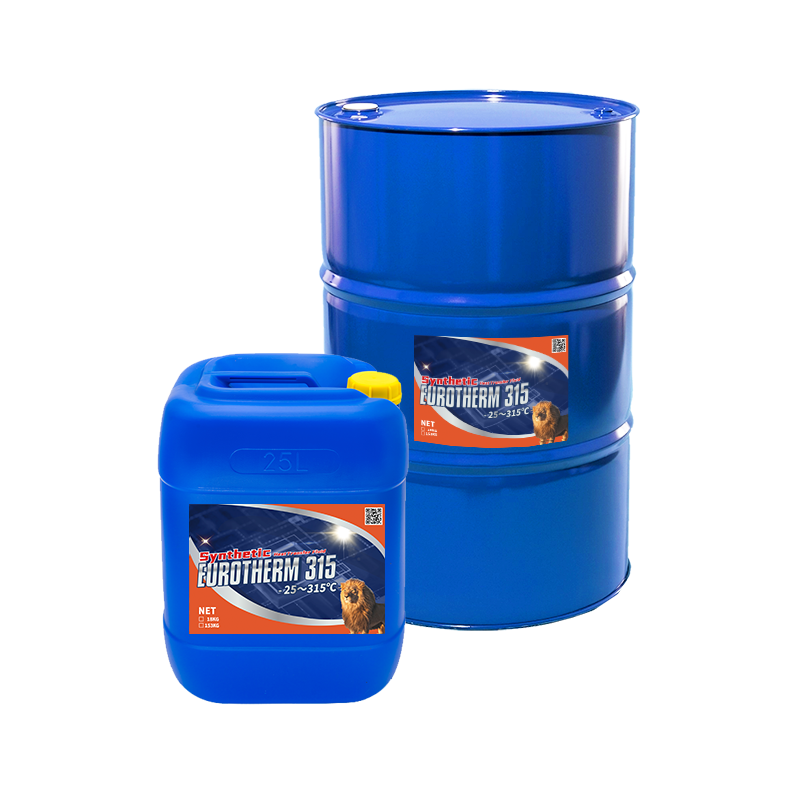The 3-Minute Rule for Chemie
The 3-Minute Rule for Chemie
Blog Article
Not known Details About Chemie
Table of ContentsThe Buzz on ChemieNot known Incorrect Statements About Chemie The Single Strategy To Use For ChemieThe 3-Minute Rule for ChemieIndicators on Chemie You Should KnowWhat Does Chemie Do?
(https://myanimelist.net/profile/chemie999)Measured change in electrical conductivity of liquid examples as a feature of time when mixed with the material example in the shut indirect cooling loop experiment. Figure 6 shows the modification in the gauged electrical conductivity of the liquid examples when stirred with the material sample. The conductivity of the water example from the shut loop experiment lowered by roughly 70% from 11.77 S/cm to 3.32 S/cm in six hours.These results showed that the capacity of the material relies on the examination liquid made use of for the experiment. This shows that various ions present in the fluid will certainly result in different ion exchange capacity of the liquid. Computing the ion exchange resin ability with the fluid sample from the real cooling loophole is essential.
Some Ideas on Chemie You Should Know
Therefore, an ion exchange resin cartridge containing 20g of Dowex blended bed material might take on order 938 days to saturate. In various other words, to maintain a low electric conductivity, a resin cartridge with the dimension and weight spec as that of the material cartridge utilized in the experiment, need to be transformed every 30 months for the cooling system that was made use of in the experiment
The cooling of digital parts has ended up being a significant obstacle in current times as a result of the improvements in the style of faster and smaller parts. Therefore, different air conditioning modern technologies have actually been developed to successfully eliminate the warm from these parts [1, 2] Making use of a fluid coolant has come to be attractive because of the greater heat transfer coefficient achieved as contrasted to air-cooling.
The 6-Minute Rule for Chemie
A single stage cooling loop contains a pump, a heat exchanger (cold plate/mini- or micro-channels), and a warmth sink (radiator with a fan or a liquid-to-liquid warmth exchanger with cooled water cooling). The warmth resource in the electronics system is connected to the warmth exchanger. Liquid coolants are also used in two-phase systems, such as heat pipelines, thermo-siphons, sub-cooled boiling, spray air conditioning, and direct immersion systems [2, 4]
The demands may vary relying on the kind of application. Complying with is a checklist of some basic requirements: Good thermo-physical residential properties (high thermal conductivity and certain heat; low thickness; high concealed warmth of evaporation for two-phase application) Reduced cold point and burst factor (sometimes ruptured security at -40 C or reduced is required for shipping and/or storage space objectives) High atmospheric boiling point (or low vapor stress at the operating temperature) for single phase system; a narrow wanted boiling point for a two-phase system Great chemical and thermal security for the life of the electronics system High flash factor and auto-ignition temperature level (occasionally non-combustibility is a demand) Non-corrosive to products of construction (steels along with polymers and other non-metals) No or very little regulatory restraints (eco pleasant, harmless, and perhaps biodegradable) Affordable The best electronics coolant is a low-cost and nontoxic fluid with exceptional thermo-physical residential properties and a long life span.
Some Known Details About Chemie
Many of these fluids have a non-discernible odor and are harmless in instance of contact with skin or ingestion. As pointed out previously, aliphatic PAO-based liquids have actually changed the silicate-ester fluids in a range of military electronics (and avionics) cooling applications in the last years. One more class of preferred coolant chemistry is dimethyl- and methyl phenyl-poly (siloxane) or commonly referred to as silicone oil.
Fluorinated substances such as perfluorocarbons (i.e., FC-72, FC-77) hydrofluoroethers (HFE) and perfluorocarbon ethers (PFE) have specific special homes and can be made use of in contact with the electronics [4, 8] Of all, these liquids are non-combustible and non-toxic. Some fluorinated compounds have zero ozone diminishing prospective and various other ecological residential or commercial properties.
Ethylene glycol is anemic and practically odor-free and is totally miscible with water. When correctly hindered, it has a fairly reduced corrosivity. This coolant is identified as hazardous and must be managed and disposed of with treatment. The quality of water used for the prep work of a glycol service is very essential for the system.
Excitement About Chemie

Aside from lack of poisoning, it has no advantages over ethylene glycol, being greater in price and more thick. This is an inexpensive antifreeze service, locating use in refrigeration solutions and ground source heatpump. Similar to glycols, this can be hindered to stop corrosion. This fluid can be used to -40 C due to its fairly high price of warmth transfer in this temperature level variety.
It is considered even more damaging than ethylene glycol and consequently has actually found use just for process applications located outdoors. Likewise, methanol is a flammable fluid and, because of this, introduces a possible fire risk where it is saved, took care of, or used. This is a liquid option of denatured grain alcohol. Its main benefit is that it is non-toxic.
6 Easy Facts About Chemie Explained
As a flammable liquid, it requires particular preventative measures for dealing with and storage space. Aqueous solutions of calcium chloride discover broad usage as circulating coolants in food plants. It is non-flammable, safe and thermally much more reliable than the glycol services. A 29% (by additional hints wt.) calcium chloride service has a freezing point below -40 C.

Report this page